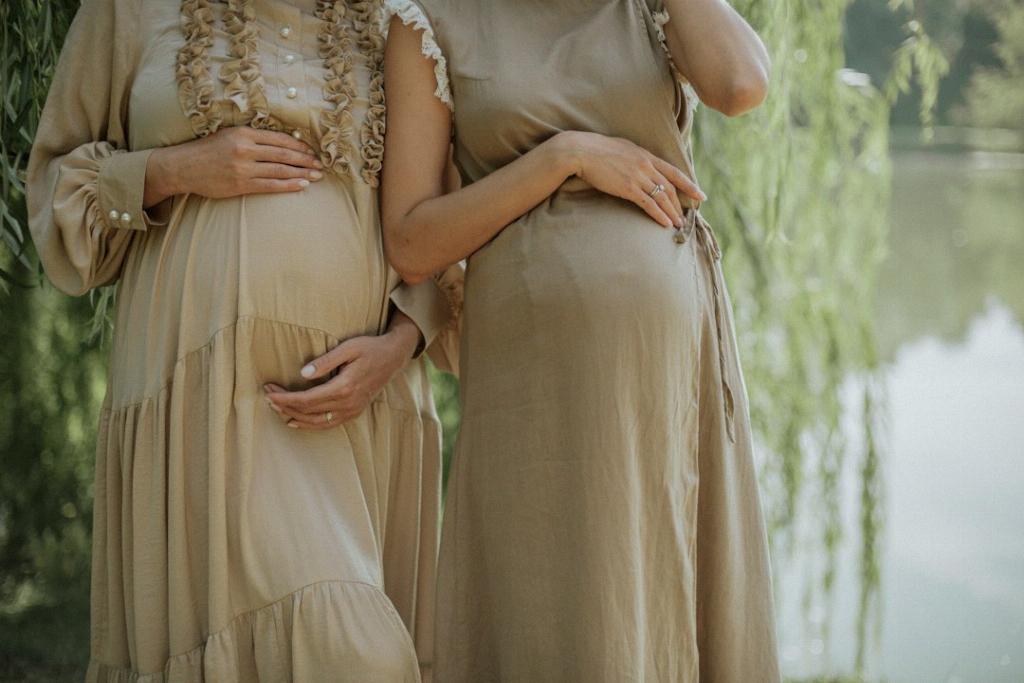When it comes to determining how far along a goat is in its pregnancy, there are several key indicators to look out for. One of the first things to consider is the gestation length in goats, which typically ranges from 145 to 155 days, with an average of around 150 days. However, it’s important to remember that this can vary based on factors such as breed, litter weight, environment, and parity.
One of the most noticeable signs that a goat is pregnant is changes in its physical appearance. As the pregnancy progresses, you may start to see a visible enlargement of the abdomen, as the developing kids grow inside the doe. This swelling is often most pronounced towards the rear of the goat and may become more noticeable as the pregnancy advances.
Another key indicator of a goat’s stage in pregnancy is its behavior. Pregnant does may exhibit changes in appetite, with some showing an increase in food consumption, while others may become more selective or finicky about what they eat. Additionally, pregnant goats may also show signs of nesting behavior as they prepare for the arrival of their kids.
Physical changes in the udder can also provide valuable clues about a goat’s pregnancy status. As a goat progresses through pregnancy, its udder may start to swell and become more prominent, in preparation for milk production after kidding. This change in the udder can be a good sign that the goat is nearing the end of its pregnancy.
Monitoring the size and shape of a goat’s belly can also help in gauging how far along it is in pregnancy. As the kids grow inside the doe, her belly will gradually expand and take on a more rounded or pear-shaped appearance. By observing these changes over time, you can get a better sense of the goat’s progress in pregnancy.
Another way to determine a goat’s stage in pregnancy is through palpation, which involves gently feeling the goat’s abdomen to detect the presence of developing kids. Experienced breeders and veterinarians can often use this method to assess the size, position, and movement of the kids, giving them valuable insights into how far along the goat is.
Ultrasound imaging is another valuable tool for determining a goat’s pregnancy status and stage. By using ultrasound equipment, breeders and veterinarians can visualize the developing kids inside the doe, as well as monitor their growth and development. This non-invasive technique can provide highly accurate information about the goat’s stage in pregnancy.
Observing the doe’s heat cycles can also be helpful in estimating how far along she is in pregnancy. If a doe suddenly stops cycling or shows irregular heat patterns, it could be a sign that she is pregnant. By tracking these changes in heat behavior, breeders can make more informed guesses about the goat’s stage in pregnancy.
Changes in the doe’s overall demeanor and energy levels can also offer clues about her pregnancy status. Some pregnant goats may become more lethargic or tired as the pregnancy progresses, while others may exhibit increased restlessness or agitation. By paying attention to these behavioral changes, you can gain a better understanding of how far along the goat is.
It’s worth noting that individual goats may exhibit variations in their pregnancy symptoms and progression, so it’s important to consider each animal’s unique characteristics and history. By combining multiple indicators such as physical changes, behavior, udder development, and palpation, you can paint a clearer picture of how far along a goat is in its pregnancy.
In conclusion, determining how far along a goat is in its pregnancy involves considering a combination of physical, behavioral, and diagnostic indicators. By observing changes in the doe’s appearance, behavior, and udder development, as well as using techniques such as palpation and ultrasound, breeders can accurately assess the goat’s stage in pregnancy and prepare for the upcoming kidding.

